So hello guys once again,
My second and a Final Teaser,
ATR 72
LOL WIKI WILL EXPLAIN EVERYTHING
(Seriously joke lol)
Wiki says,
The ATR 72 is a twin-engine turboprop, short-haul regional airliner developed and produced in France and Italy by aircraft manufacturer ATR (Italian: Aerei da Trasporto Regionale or French: Avions de transport régional), a joint venture formed by French aerospace company Aérospatiale (now Airbus) and Italian aviation conglomerate Aeritalia (now Leonardo S.p.A.). The number "72" in its name is derived from the aircraft's standard seating configuration in a passenger-carrying configuration, which could seat 72–78 passengers in a single-class arrangement.
History
During the mid-1980s, ATR sought to introduce a larger airliner with capacity.[2] This new regional airliner, designated as the ATR 72, was directly developed from the earlier ATR 42 and continued to share many commonalities with it; the principal difference between the two airliners was an increase in the maximum seating capacity from 48 to 78 passengers. This was principally achieved by stretching the fuselage by 4.5 m (15 ft), along with an increase of the wingspan, the use of more powerful engines, and increased fuel capacity by about 10%.
On 15 January 1986, the launch of the stretched ATR 72 programme was announced.[2] On 27 October 1988, the first prototype performed its maiden flight; one year later, on September 25, 1989, the ATR 72 received airworthiness certification from the French Directorate General for Civil Aviation. During the following month, on 27 October 1989, Finnish airline Finnair became the first airline to introduce the aircraft into service.[2] Since the ATR 72 is assembled on the same production line as the smaller ATR 42, along with sharing the majority of subsystems, components, and manufacturing techniques, the two types support each other to remain in production. This factor may have been crucial as, by 2015, the ATR 42 was the only 50-seat regional aircraft that was still being manufactured.[3][4]
During 2000, the combined global ATR fleet reached its 10,000,000th flight, during which a distance around 4 billion km (2.5 billion statute miles) had been flown and around 450 million passengers had flown on board ATR-built aircraft.[5] The 2007 production set a new record for the programme's sales; a total of 113 new ATR aircraft had been ordered during a single year.[2] By the end of 2014, ATR had received 1,000 orders for the type and delivered a total of 754, leaving a backlog of 246 aircraft.[6][needs update]
Within the ATR company, various organisational changes were implemented. On 10 July 1998, ATR launched its new Asset Management Department.[5] In June 2001, EADS and Alenia Aeronautica, ATR's parent companies, decided to reinforce their partnership, regrouping all industrial activities related to regional airliners into the ATR consortium.[2] On 3 October 2003, ATR became one of the first aircraft manufacturers to be certified under ISO 9001-2000 and EN/AS/JISQ 9100, the worldwide quality standard for the aeronautics industry. During July 2004, ATR and Brazilian aircraft manufacturer Embraer announced a co-operation agreement on the AEROChain Portal for the purpose of delivering improved customer service.[2] During April 2009, ATR announced the launch of its 'Door-2-Door' service as a new option in its comprehensive customer services range.[2]
Further Development
The current production version is the ATR 72-600 series. On 2 October 2007, ATR CEO Stéphane Mayer announced the launch of the -600 series aircraft; the ATR 42-600 and ATR 72-600 featured various improvements to increase efficiency, dispatch reliability, lower fuel burn and operating costs. While broadly similar to the earlier -500 model; differences include the adoption of improved PW127M engines, a new glass cockpit, and a variety of other minor improvements.[7][8]
Since 2008, ATR has been a participant in the European Clean Sky Joint Technology Initiative. On 8 July 2015, an ATR 72-600 'green' technology demonstrator performed its first flight; the demonstrator was used for testing new composite materials for insulation, air conditioning systems, electrical distribution systems, and energy dispersal modifications to evaluate their effect on the aircraft's overall efficiency as a contribution to the Clean Sky initiative.[9] ATR's senior vice-president for engineering Alessandro Amendola indicated that the elimination of all uses of bleed air was a key aim in the designing of an all-electric architecture as well as improving engine efficiency; the minimising of peak electrical loads was also a stated priority. During March 2016, a second round of flight trials dedicated the testing of all-electric systems architecture using the demonstrator was completed; analysis is set to continue.[10]
As a consequence of strong demand for the -600 series, ATR decided to invest in the establishment of a second, more modern final assembly line and acquisition of more hangar space at its Toulouse site, along with a new large completion and delivery area; overall, the manufacturing operation expanded to four times the footprint that it had in 2005.[3] Speaking in October 2015, ATR CEO Patrick de Castelbajac stated that the firm was set to produce in excess of 90 aircraft that year, and that the new manufacturing facilities could support a production rate of up to 120 per year. At the time, the company had a backlog of orders for 300 aircraft, sufficient for three years of production.[3] During 2017, a new in-house financing and leasing division was established by ATR in order to offer customers a greater degree of support and expand the company's range of services.[4]
IRL
IGI

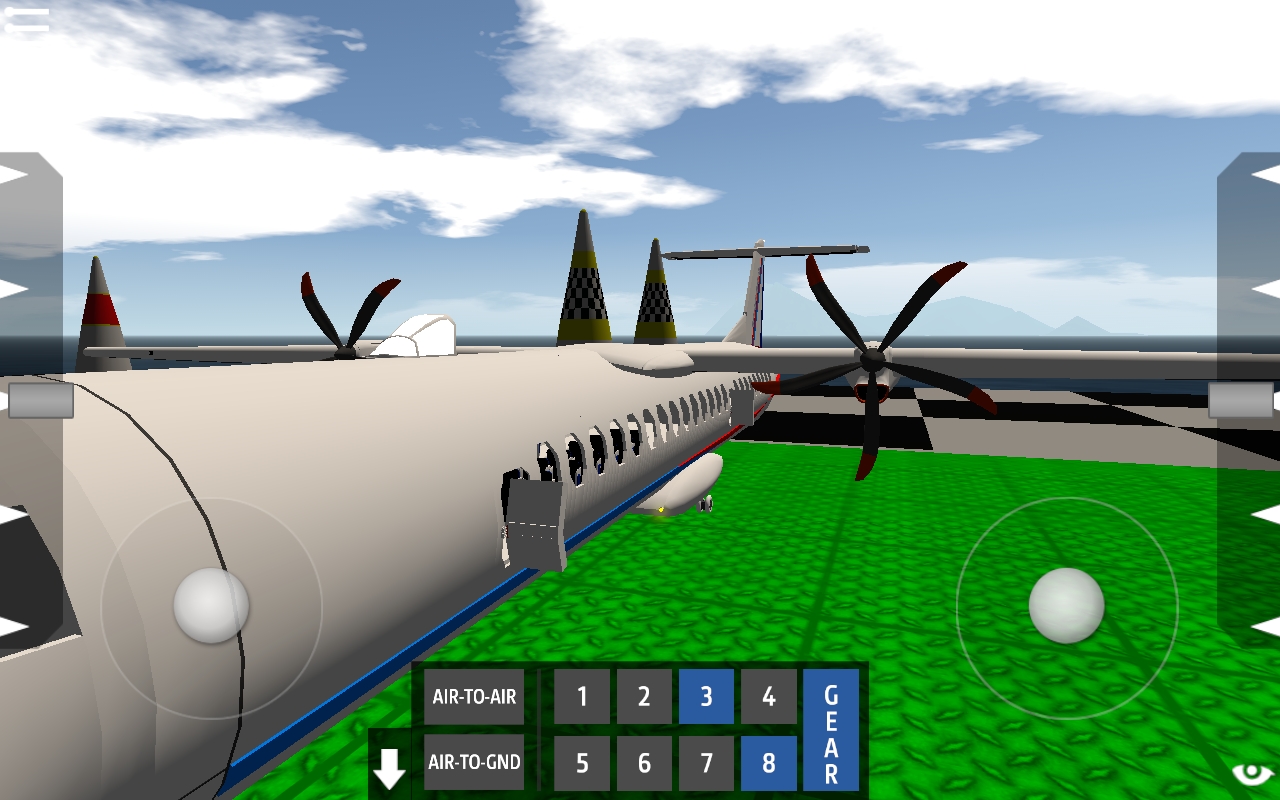


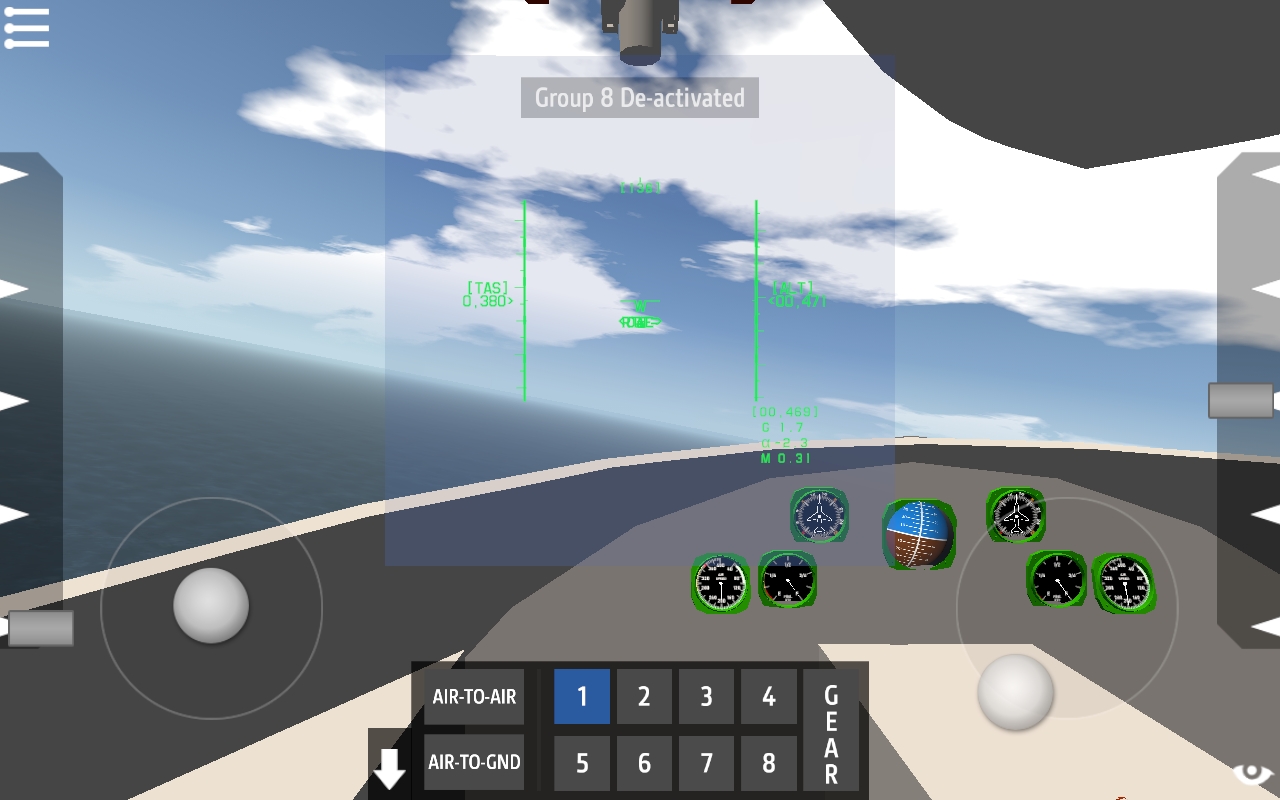
Controls
AG1-All Engine ON
AG2-Nothing
AG3-All Doors
AG4-Air Brakes
AG5-Slows Speed
AG8(on deactivating)-HUD
Other groups does nothing
Have a good flight
Specifications
General Characteristics
- Created On Android
- Wingspan 110.4ft (33.7m)
- Length 117.3ft (35.7m)
- Height 28.6ft (8.7m)
- Empty Weight N/A
- Loaded Weight 58,215lbs (26,406kg)
Performance
- Power/Weight Ratio 0.579
- Horse Power/Weight Ratio 0.082
- Wing Loading 17.5lbs/ft2 (85.5kg/m2)
- Wing Area 3,324.4ft2 (308.8m2)
- Drag Points 28031
Parts
- Number of Parts 447
- Control Surfaces 5
- Performance Cost 1,775

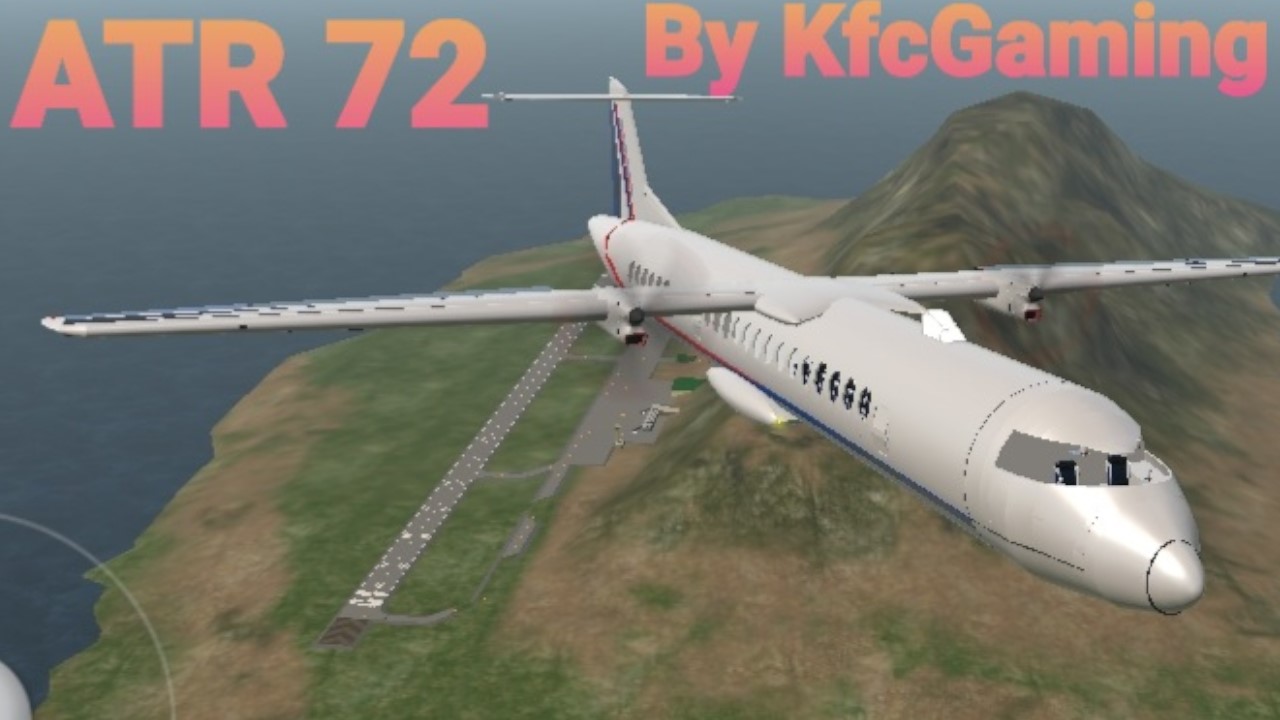
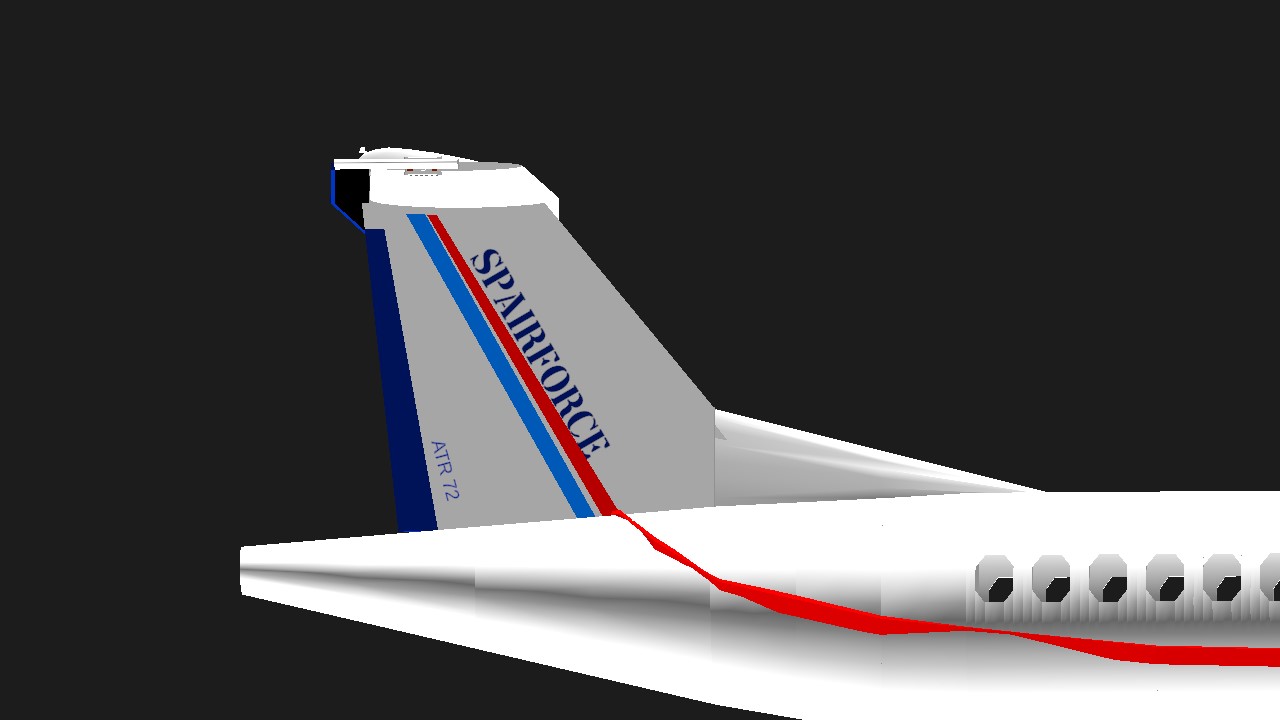
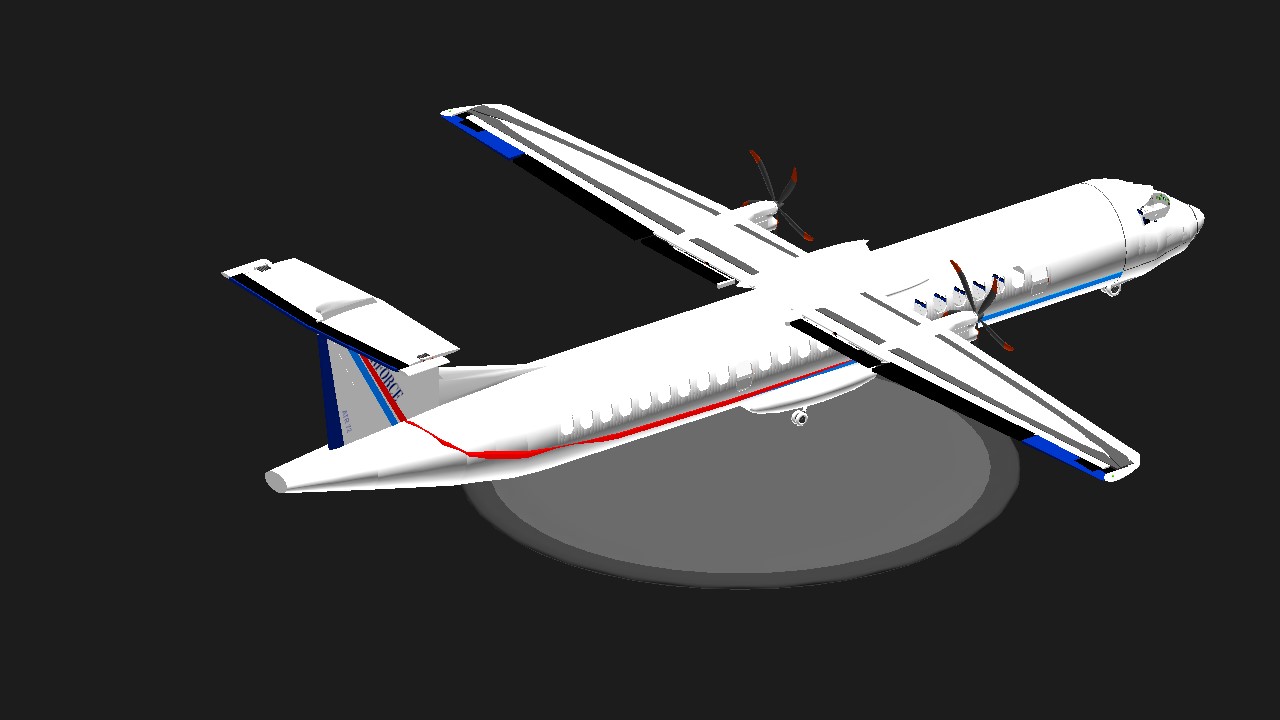
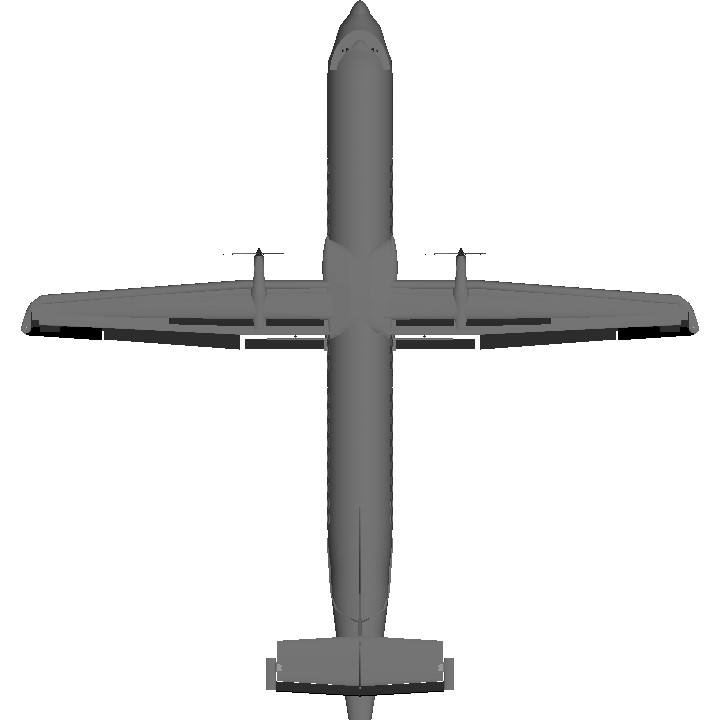
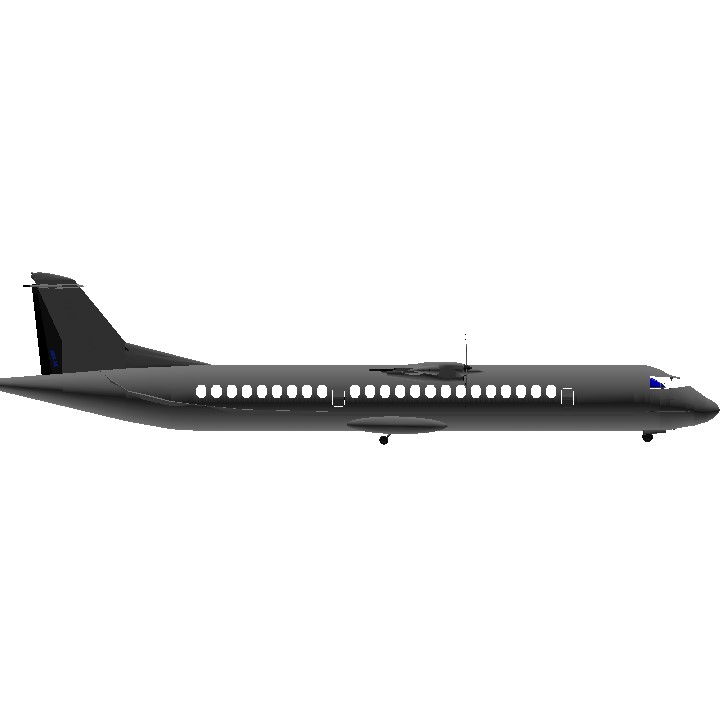
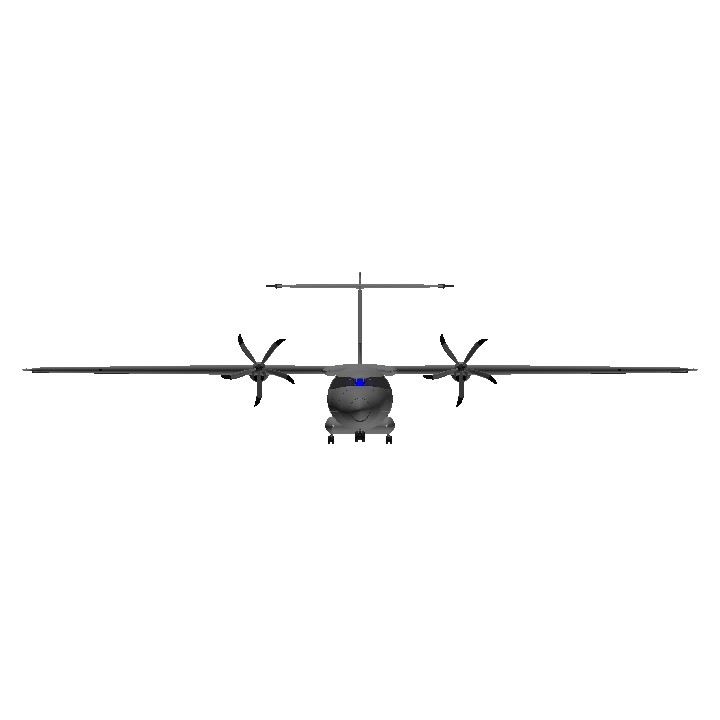
Screenshots really do affect the way people think of your aircraft and others so its important to get good screenshots if you want people to see your creation.@KfcGaming
nice
Extremely thanks to @PlanariaLab for 1 part HUD
cool
@MrLikePlane35 maybe the screenshot wasn't attractive I will re-upload today with a batter from Wright isles airport
Bro what do you mean this is so good @KfcGaming @KfcGaming
I worked extremely hard for this and people didn't liked it 😪